We are,
Prickly Thistle
Prickly Thistle
As of 14th October 2022 we rebelled, and for now have an anti-social media platform policy. Let's connect in a real way, set yourself free from the scroll....
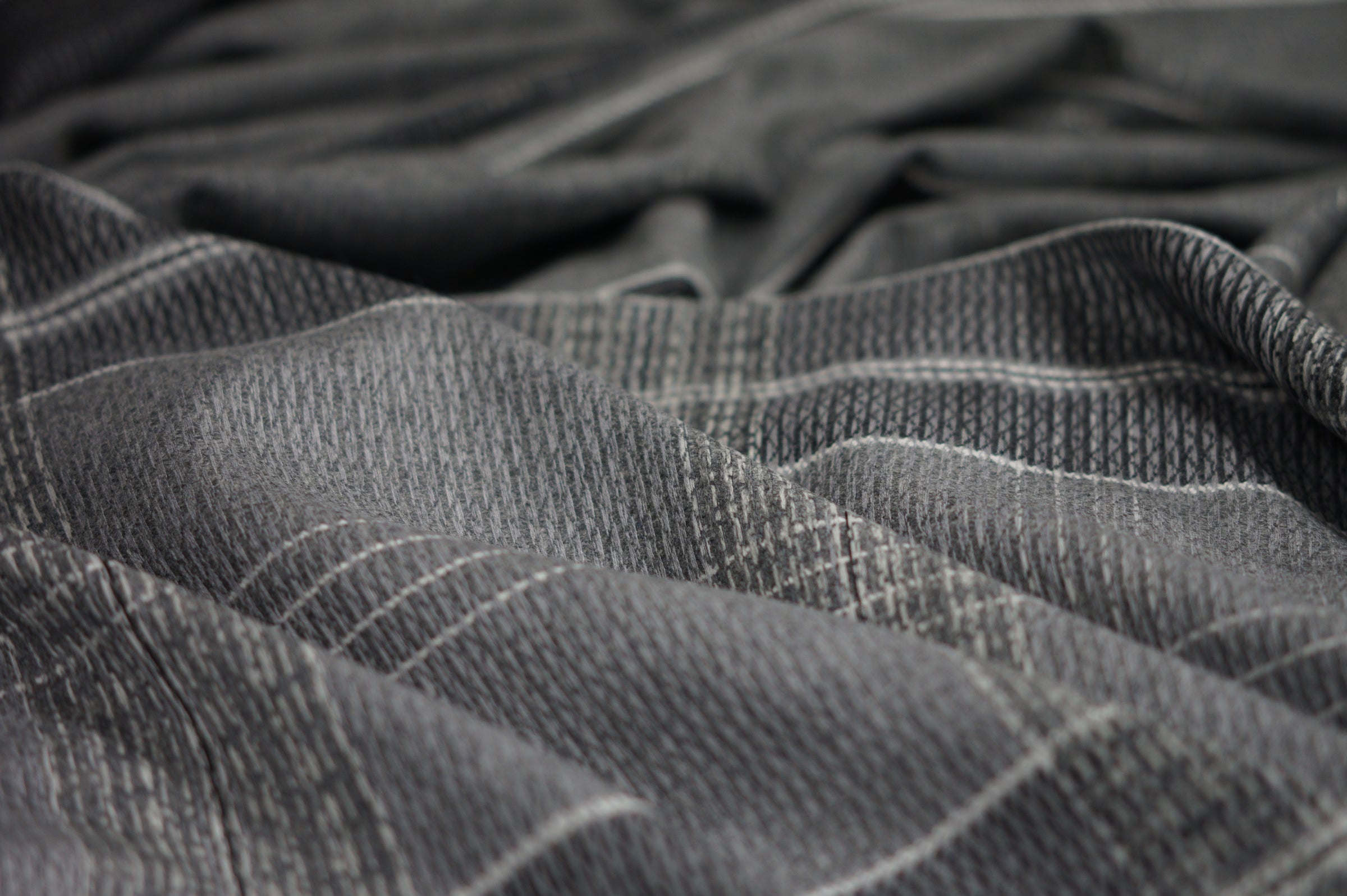
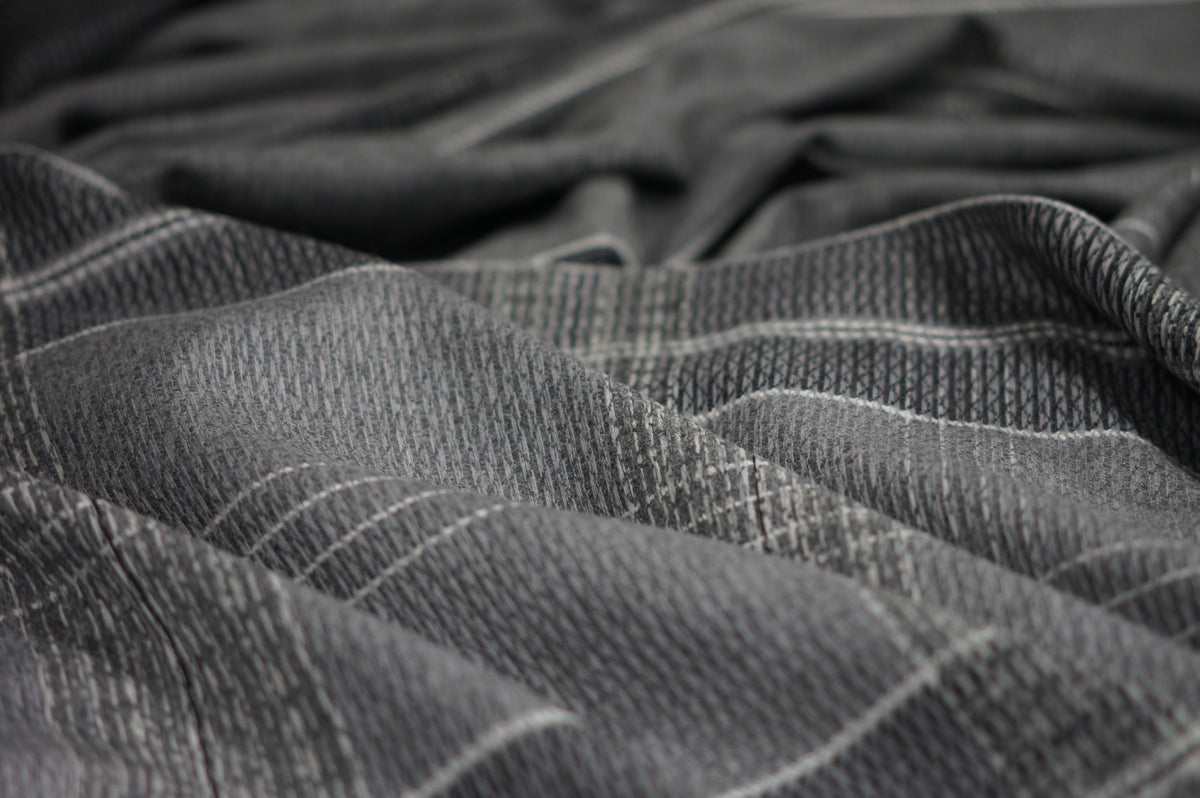


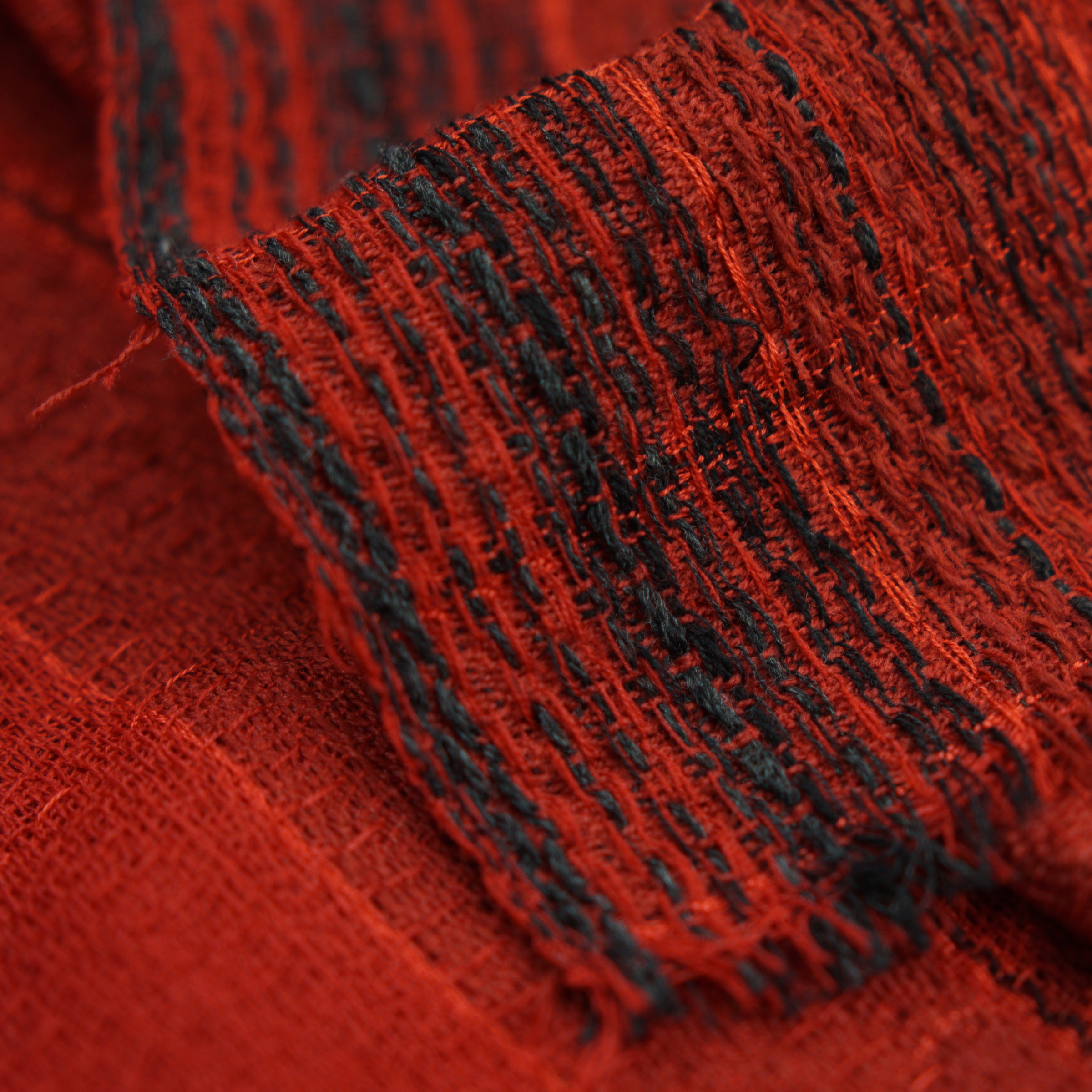
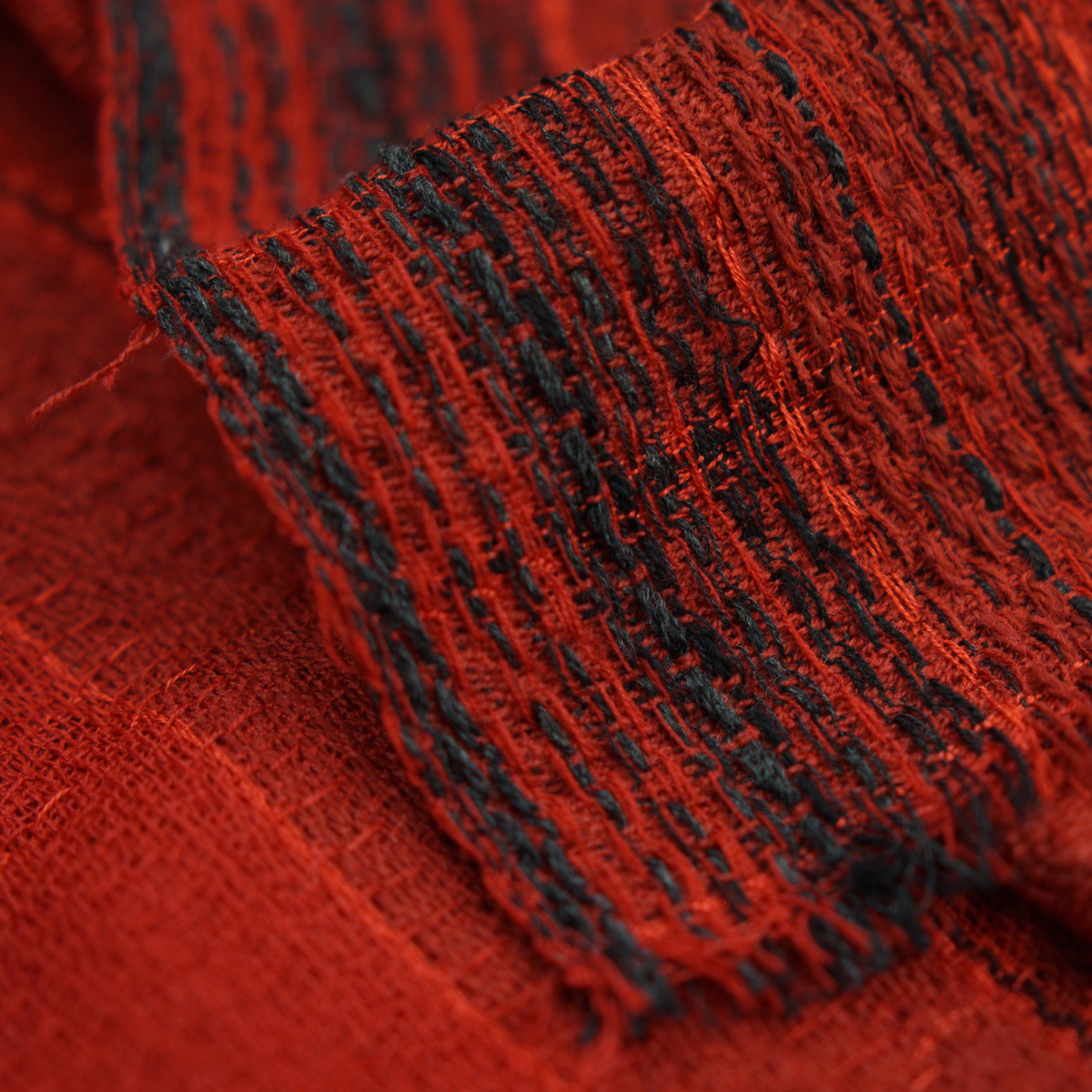
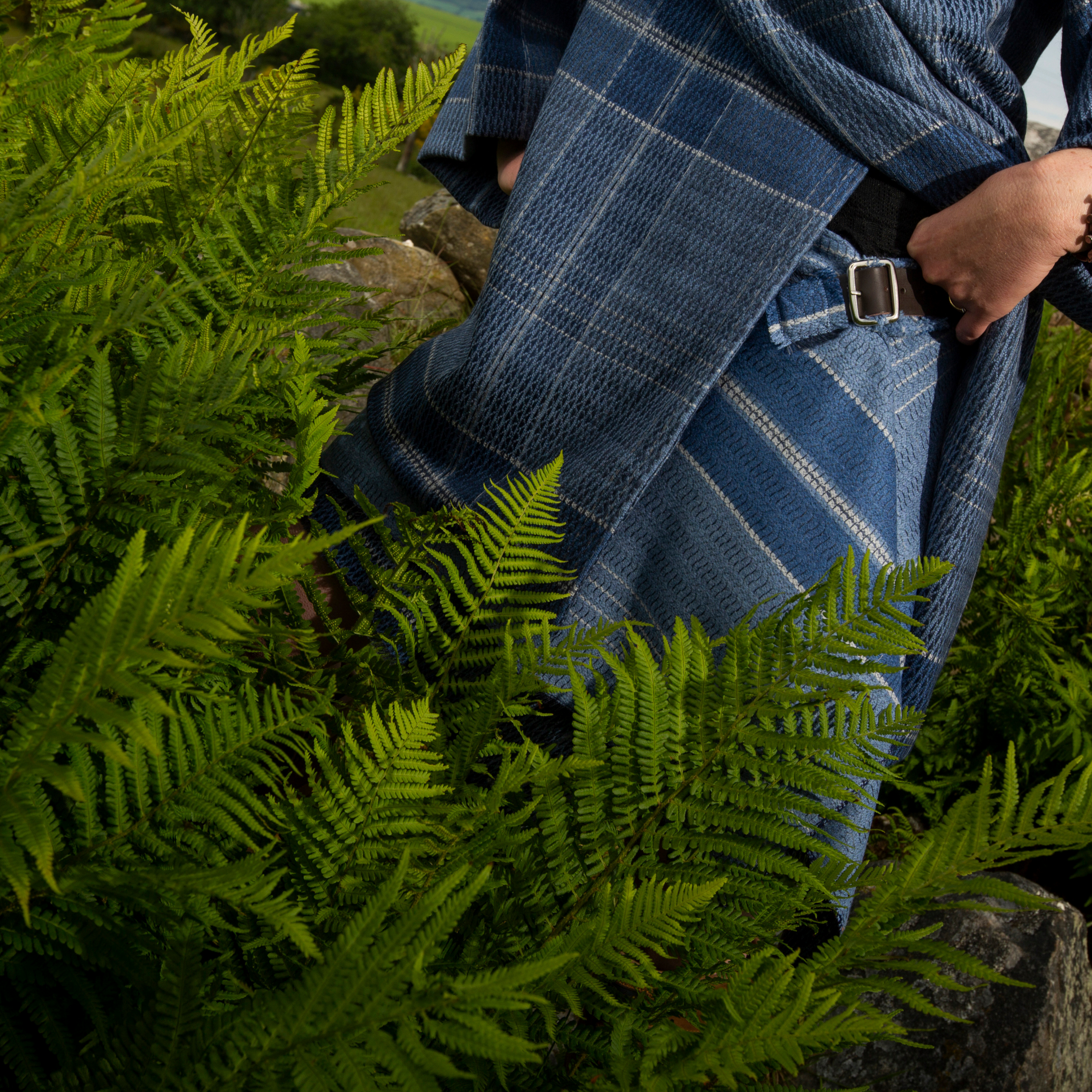
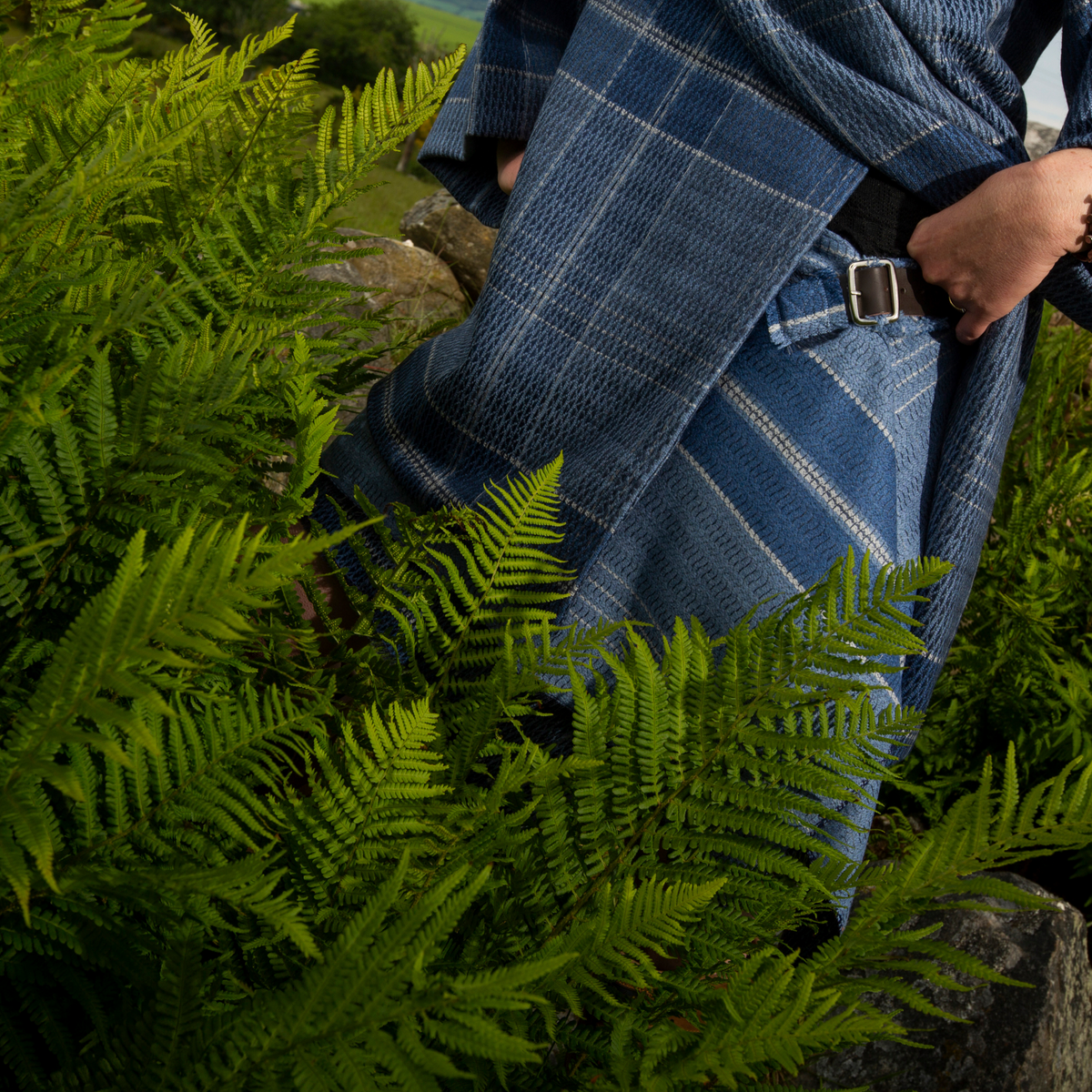
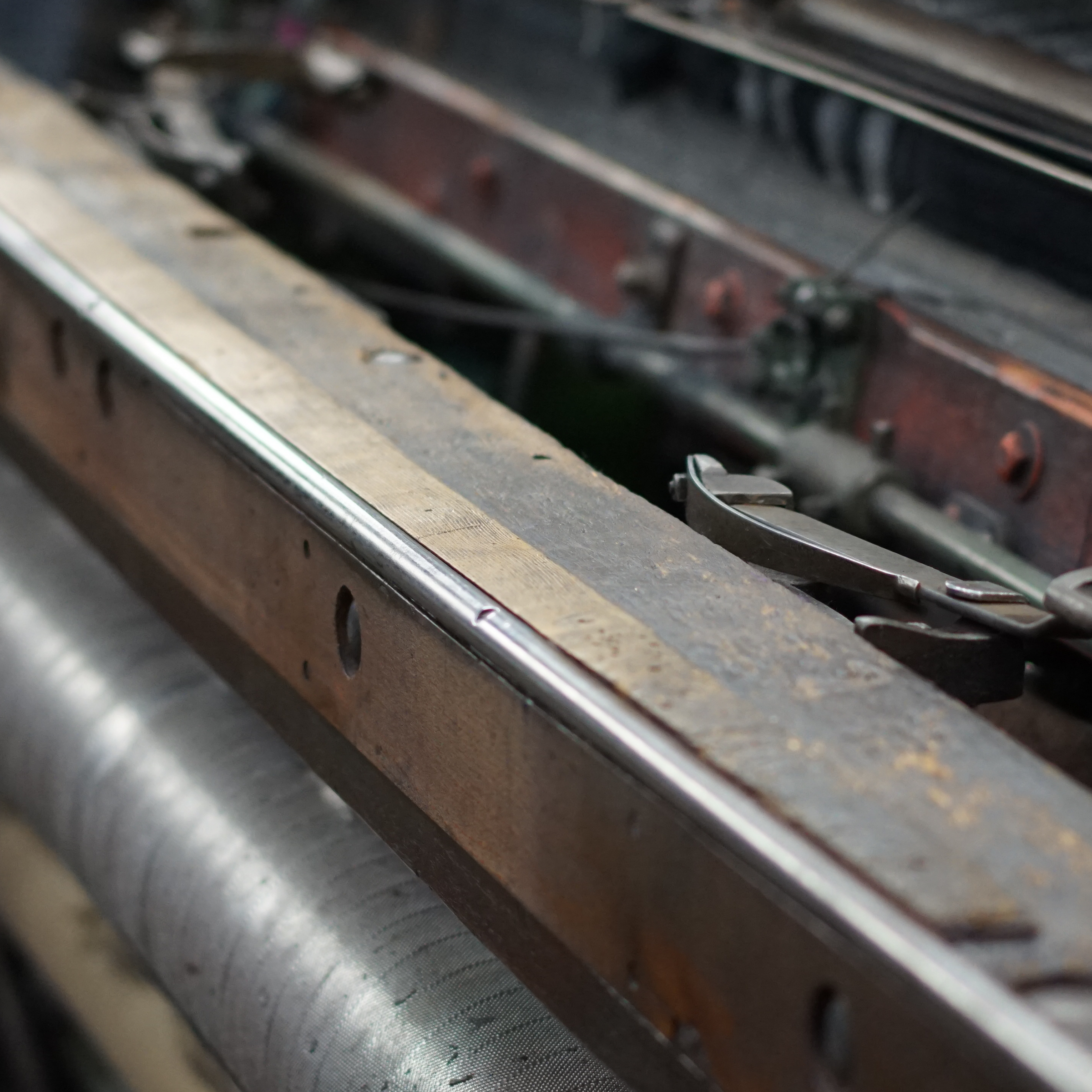
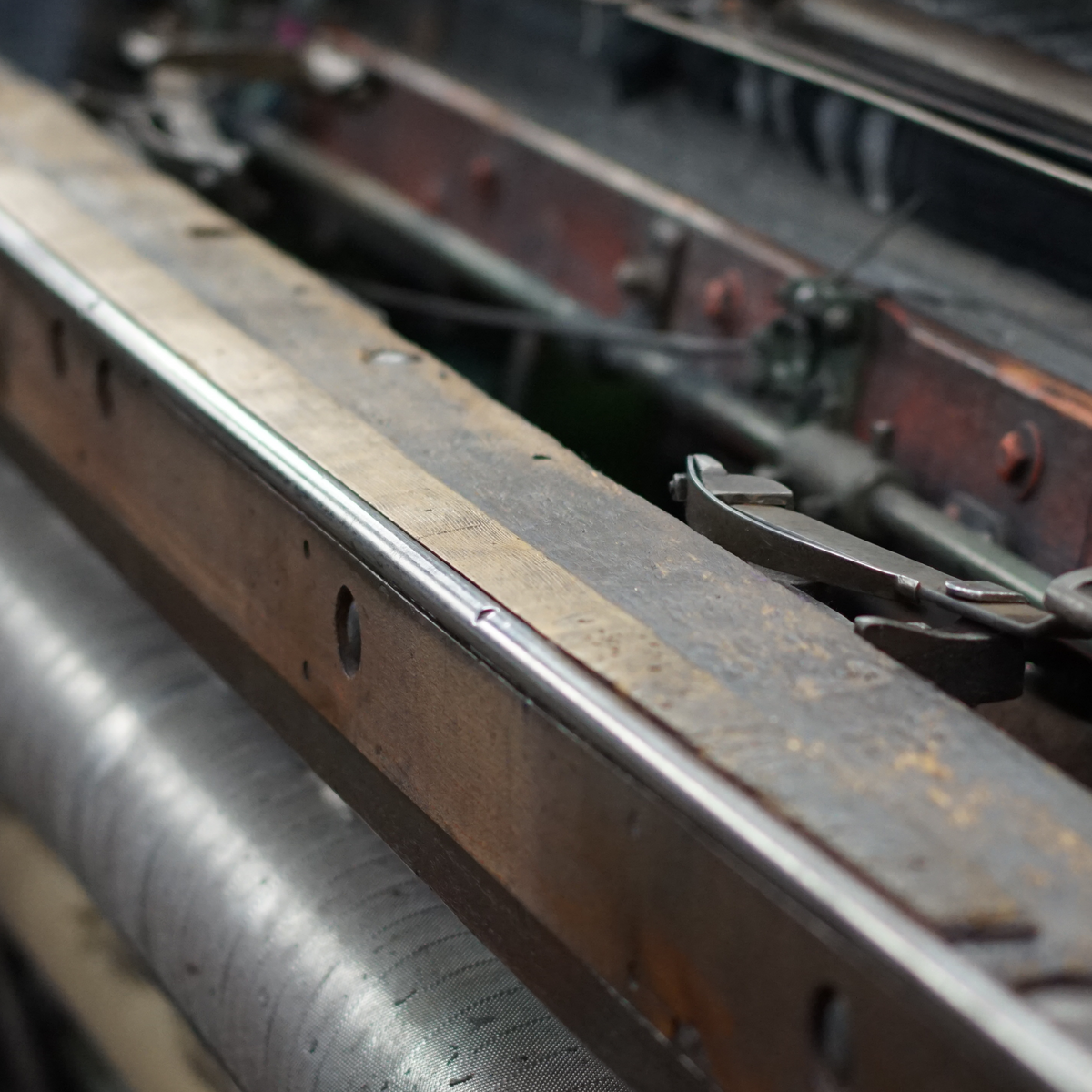
Here are some natural fibres you may have heard of? Do you have any clothes made with these fibres, and do you think about their impact on the planet now that you know more about plastic clothes?
Cotton
Most popular and most commonly grown natural fibre in the world with a total production of 25 million tonnes every year is cotton. It has four different varieties growing all over the world with Gossypium hirsutum taking 90% of world production. The length of the cotton fibre varies from nearly 10mm (short-staple) to 30mm (long staple). It absorbs moisture readily, which makes cotton clothes comfortable in hot weather, also it has a softer handle.
Flax (Linen)
Second to cotton, flax is the most common name in the market. Fabric made of flax is referred to as linen. It is one of the ancient fibre to be extracted, spun and woven into textiles. It is made up of polymer of cellulose but what makes it different from cotton is its crystalline nature. It is stronger and stiffer than cotton. However, it creases easily. It ranges up to 900mm in length and is slightly less absorbent than cotton.
Jute
Jute is renowned as “the golden fibre” for its shiny golden colour with a length of 1 to 4 m and a diameter of 17 to 20 microns however, it has other properties like high aspect ratio i.e., the ratio of length to the diameter of a fibre, high strength, and low thermal conductivity. It is a rain-fed crop so it grows without pesticides and sometimes even without fertilizers. Thus it is 100% biodegradable and hence environmental friendly. It can be blended with other fibres thus making it versatile.
Silk
This fibre is associated with a shiny, luxurious feel due to its continuous filament nature. The protein fibre of silk is composed mainly of fibroin and is produced by certain insect larvae to form cocoons. It is strong due to its linear, beta-configuration polymers and very crystalline polymer system. Silk is more plastic in nature than elastic because of its crystalline polymer system. Silk has a triangular cross-section which is responsible for refracting light. Silk has been a part of royalty for ages so it is referred to as “queen of textiles”.
Wool
Wool is obtained from the fleece of domesticated sheep. Crimp is a unique feature that is seen in wool structure along with its scaly appearance. The diameter of wool fibre ranges from 16 to 40 microns with merino wool being the finest of all. Due to its good insulation property wool fibre has better comfort. In comparison to others, wool has low tenacity, good elastic recovery and excellent resilience.
Hemp
Mostly confused with flax, hemp is also a bast fibre that occurs in dicotyledonous plants between the outer bark and the woody central cylinder. It consists of 70% cellulose and a low level of lignin with a density of 1.47 gm/cm3. Hemp fibre is anti-bacterial in nature which makes it biodegradable. It is a good conductor of heat, resist mildew, prevents UV rays and is also dyed easily. It has good insulation properties and is stronger and durable.
Coir
Coir fibre is a natural cellulose fibre that is obtained from coconut husk. It has a low decomposition rate which makes it suitable for making durable geotextiles. However, it is less flexible than cotton and unsuitable for dyeing. Coir is a material that is widely used to overcome the problem of erosion. Cocona fabric (a natural fabric enhancer that is made with activated carbon) is ideal for sportswear and this process reduced the use of petroleum.
Alpaca
Alpaca is also a natural fibre but unlike wool, it has no lanolin which is the cause of a unique “odour”. It is a soft, durable, luxurious, and silky natural fibre. Alpaca fibre is naturally water-repellent and fire-resistant. Moreover, it provides excellent insulation. Alpaca blends well with wool, mohair and silk.
Camel
Camel fibre, another animal-based fibre, is around 20 microns in diameter and varies in length from 2.5 to 12.5 cm (in the case of finer variety). Camel hairs with a lesser diameter are softer and expensive. Among the two breeds of camel, the finer is called the Bactrian Camel.
Abaca composed of long slim cells with high content of lignin (15%). It is grown only for the cultivation of fibre and not for the purpose of eating as its fruit is not edible. It has lustre and is light beige in colour.#
Pineapple
It is one of the easily cultivable plants which grows over almost every soil. Pineapple grows in warm and humid climates. Pineapple leaves are multicellular and lingo-cellulosic and show good mechanical properties. It can easily be blended with other fibres. Heirloom textiles have used pineapple fabric for home tech, auto mobitech, and geotech.
Ramie
Ramie, a plant-based fibre, is white with a silky lustre and superior in moisture, dispersion, and absorbency. This property makes it look like silk. Ramie fibres are thick and long (up to 190 cm in length) with better durability. Ramie fibre is composed of 75.6% cellulose with an irregular polygon-shaped cross-section. There are more than 200 species of Ramie plant known till date.
Sisal
Sisal fibres are obtained from Agave Sisalana, a native of Mexico. It is lustrous and creamy-white with a diameter of 200-400 microns. Although it has lustre it is unsuitable for textiles or fabrics due to its course nature. It is strong, durable and stretchable, does not absorb moisture easily and is resistant to alkali, acid and saltwater. Sisal pulp is also acting as a substitute for wood fibres in the manufacturing of paper.
Angora
Angora fibres are very fine and fairly regular in diameter. The diameter of the fibre ranges from 12 to 14 m and the fibre length is up to 60 mm. Angora rabbit has the softest fibre among other of its kind. The density of the fibre is 1.14 g/cm3, and hence lighter than wool.
Cashmere
Cashmere is referred to as wool derived from cashmere goats, pashmina goats, and similar breeds. It has a natural crimp, allowing it to be spun into fine, lightweight fabrics. Cashmere is known as a highly expensive fibre.
Mohair
Mohair fibre is long, lustrous, strong, resilient, and durable. It has good moisture absorption and has good affinity for dyestuffs but is more sensitive to chemicals.
Bamboo
It has the property to regenerate so it requires less attention and can grow pretty much anywhere that too faster than any other plant. Interestingly, it is known as natural glass fibre due to the alignment of fibres in the longitudinal directions. It has thicker and stronger fibres which increase its durability as well as it is naturally antimicrobial, hypoallergenic, thermal regulating and a good absorbent. It has the potential to compete with the high variety of cotton. It requires less water, no use of pesticides or herbicides and is harvested at its base, leaving the root intact.
Kenaf
It is an annual or biennial herbaceous plant similar to jute. Kenaf fibre obtained from the plant are extracted from the bast (bark) or core (wood) part. Paper pulp is produced from its whole stem which is advantageous in terms of environmental conditions.
Eucalyptus
Eucalyptus as a material is known as Tencel or Lyocell. Tencel is a fibre that has gained a considerable reputation for its biodegradable nature is often used as a synonym to Lyocell. These fibres are compostable and hypoallergenic in nature.
Where did it all begin, the why then, the why now and the future of why not?